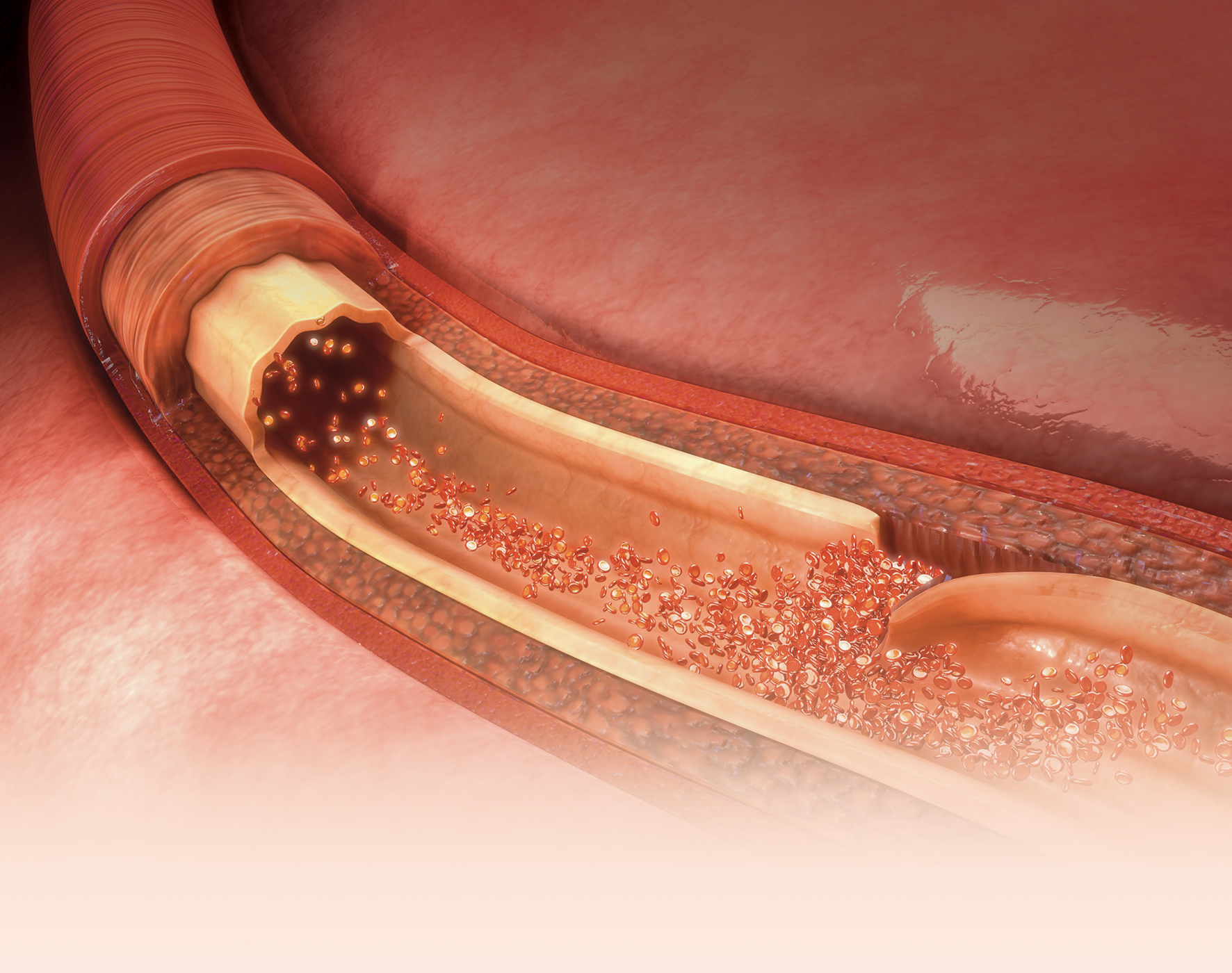
A heart attack is commonly understood to occur due to plaque build- up or rupture in the coronary artery. Sometimes it is not an ordinary heart attack but the result of spontaneous tearing in the coronary artery wall. Asst. Prof. Low Ting Ting shares more about this condition, known as Spontaneous Coronary Artery Dissection (SCAD).
What is SCAD?
The artery wall has three layers and when a tear in an inner layer occurs, blood can become trapped between the layers and cause the artery wall to bulge inward. This affects blood flow reaching the heart muscle and leading to a heart attack. SCAD is generally rare, and its prevalence is estimated to be between 1 to 4 per cent of all heart attacks.
Who does it affect?
SCAD affects women in about 90% of cases. Historically, it was thought to affect mostly young women of reproductive age. However, recent studies showed that older postmenopausal women could also suffer from SCAD, even though the majority are less than 65 years of age.
Affected patients often do not have the typical risks for heart disease such as diabetes, smoking or obesity. Instead, they have different risk factors such as a family history of arterial weakening or fragility.
What can you do?
SCAD is difficult to diagnose before it causes a heart attack, as it does not have any warning signs. Seek consultation or treatment immediately if you suspect that you have symptoms of heart attack, even if you are a young woman with no known typical risks for heart disease.
By: Asst. Prof. Low Ting Ting 